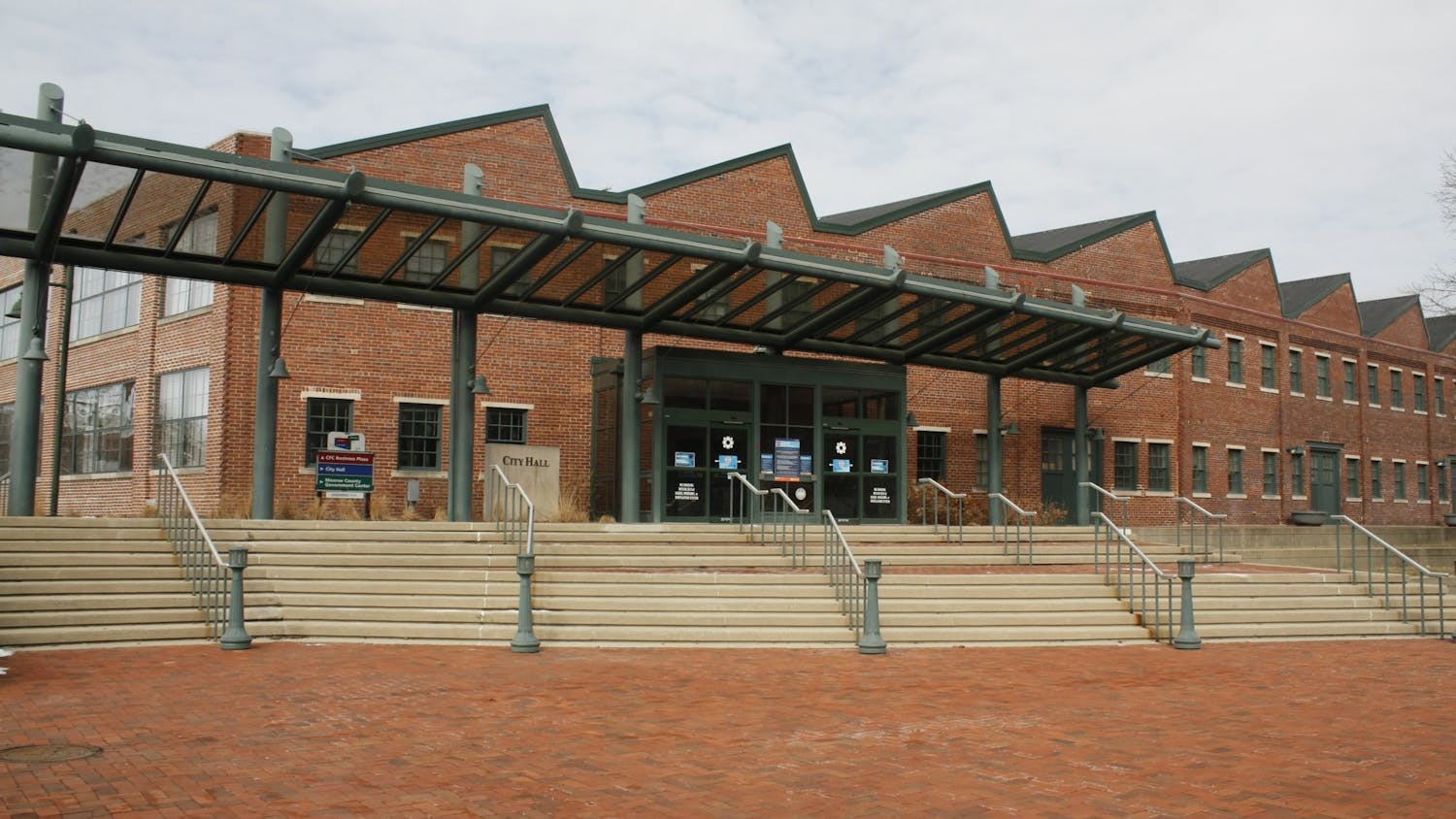In fact, fewer and fewer people are attending any type of live entertainment: ballet performances, basketball games and even rock and roll concerts, according to Jennifer Barlament, the general manager for the Cleveland Orchestra.
She blames modern ?technology.
“You can get on a computer and listen to 70 different recordings of Beethoven’s Ninth Symphony being performed by some of the most talented musicians in the world,” Barlament said in an arts management panel Wednesday in the IMU. “In a way it’s great for classical music because more people have access to it than ever before. You can have your Beethoven in your iPod right next to your Beatles.”
Though Barlament feels this global availability of classical music is something to be celebrated, the dwindling crowds at performances are not celebrating.
“Our job is to preserve that very special live performance experience,” Barlament said. “The connection between the audience and the performers that’s able to happen in a live performance context is truly ?wonderful.”
Wonderful as it might be, attending an orchestra performance is oftentimes underappreciated by the general public. To combat these issues, the Cleveland Orchestra decided it would bring its music to the public, not the other way around.
They call them residencies — when the orchestra uproots from its concert hall to spend time out and about in different communities. The Cleveland Orchestra has done these residencies in Cleveland and Lakewood, Ohio.
This week, they’re at IU.
Throughout each ?residency, performers from the orchestra attempt to become a part of the community. They appear as celebrity chefs at local high schools, teach seminars and play their flutes in coffee shops.
The orchestra chorus even organized a kind of orchestral flash mob when they startled grocery shoppers with a surprise performance in a Nature’s Bin store.
“The greatest assets that we have are our musicians, so when we were thinking of ways to promote what we do, we had to tap into that asset,” said Mark Williams, the orchestra’s director of artistic planning. “It’s an opportunity to utilize the whole musician as a performer, a teacher and a person.”
While it’s a nice idea, Dr. Monika Herzig, a senior lecturer at SPEA and a musician herself, worries it may undermine the power of ?classical music.
“I’ve played in a bowling alley myself before and it’s really not fun,” the pianist said. “It’s a whole different experience to hear music in a place like a school gym versus a concert hall. I would worry that it’s not good for the quality of the music.”
Musicians in the Cleveland Orchestra may have felt the same way, initially.
In fact, the orchestra’s first scheduled stay and performances at IU in 2010 were canceled due to the performer’s 18-hour strike caused by decreasing salaries and the feeling they weren’t valued highly enough as musicians and performers.
Audrey Carter, a senior hoping to get a job with the Indianapolis Symphony Orchestra after graduating from IU, liked the idea of performers interacting directly with the public.
“The idea is so innovative, and I thought the community involvement was really wonderful,” Carter said after the panel discussion Wednesday. “I would like to see something similar in Indianapolis. Maybe a concert by the canal.”





